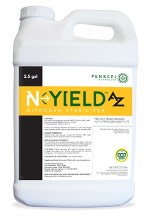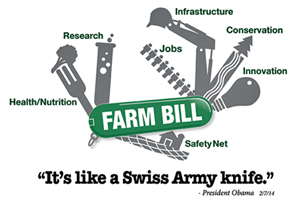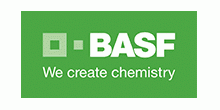 A new planter from Kinze Manufacturing, Inc. is promising some key advantages, including electric drive. The company says the already proven performance of Kinze’s 3660 frame will reduce potential soil compaction and offer an optional exclusive split row system using push units for superior residue flow.
A new planter from Kinze Manufacturing, Inc. is promising some key advantages, including electric drive. The company says the already proven performance of Kinze’s 3660 frame will reduce potential soil compaction and offer an optional exclusive split row system using push units for superior residue flow.
“The adoption rate of new technology and electronics in the agriculture industry is phenomenal,” said Susanne Veatch, Kinze’s vice president and chief marketing officer. “As farmers ourselves who have been in business for 50 years, Kinze knows the benefits this electric meter addition will bring to the 3660 planter and the farmers who use it.”
Electric Drive
The electric drive eliminates the need for clutches and offers greater maintenance simplicity (no drive shafts, chains, bearings, sprockets, etc.). The new meter allows for turning compensation and row-by-row variable rate planting, and will utilize heavy-duty, high torque 24-volt meter motors that are fully sealed against dust and moisture.
4000 Series Vacuum Meter
Electric drive combined with the 4000 series vacuum meter offers superior agronomic performance with singulation accuracy up to 99%+ and accurate seed spacing and population.
The new planter also offers several more features in the unit’s controller/monitor system, as well as giving producers a split row option that can easily convert from a 15” planter to a 30” planter.
Kinze will have a pre-production 3660 planter with electric drive on display at the National Farm Machinery Show in Louisville, Kentucky from February 11-14, 2015.










